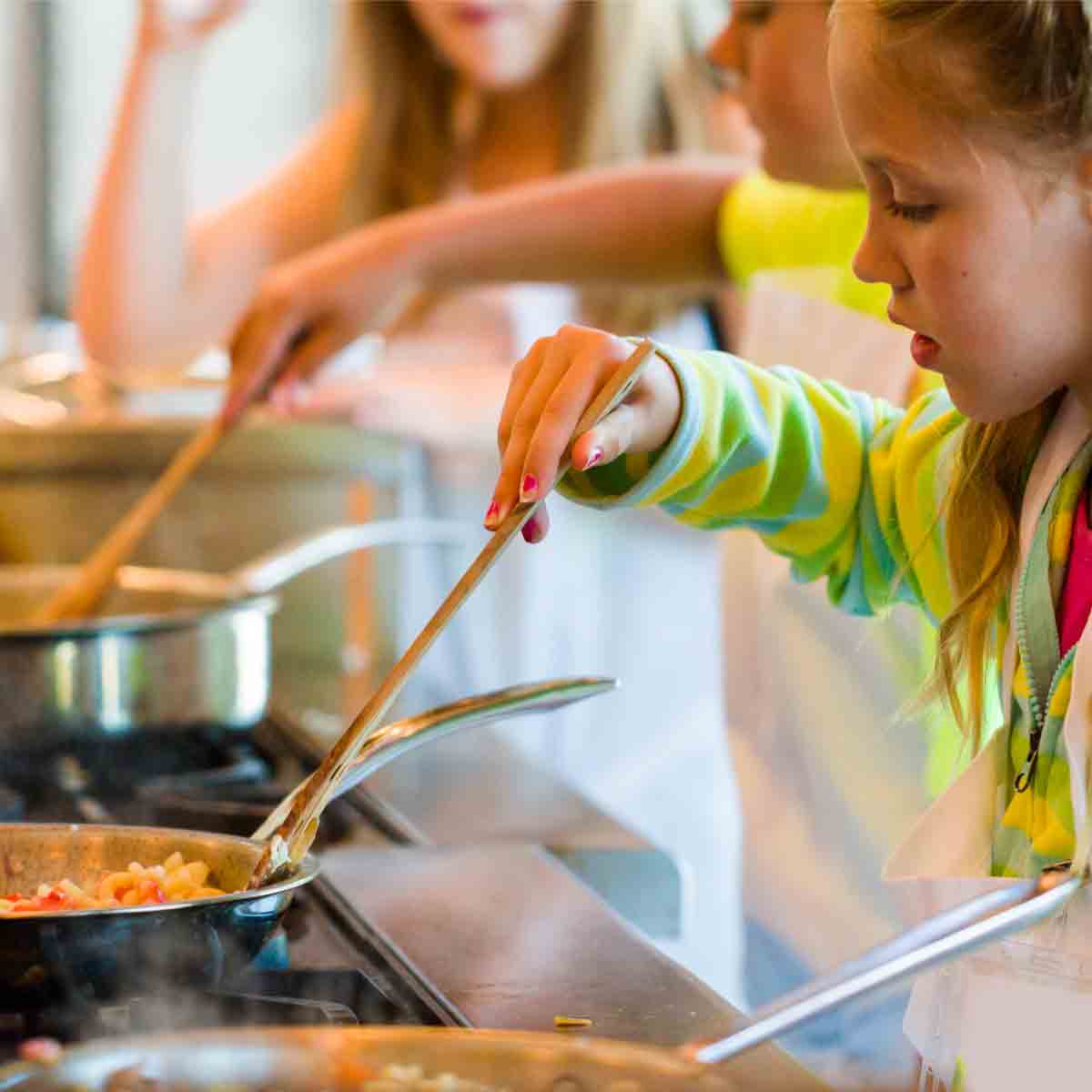Perspectives on learning to cook and public support for cooking education policies in the United States: a mixed methods study
In this 2017 study, Wolfson et al. set up seven focus groups in Baltimore, Maryland and conducted online surveys to find out how Americans learn to cook, their thoughts on who is responsible for teaching children to cook, and whether the public supports the policies on culinary education. There was a total of 53 participants in the focus groups, while the nationally representative surveys were completed by 1112 people. It was revealed that a relatively small proportion of Americans learn to cook through school or community cooking classes. The majority were shown the way by their parents and/or taught themselves using cookbooks, recipe websites, or by viewing cooking shows on television. Most of the respondents were also under the impression that parents and other family members are responsible for teaching children how to cook. Despite this, most of the public backed the teaching of cooking skills in schools (either through existing health education or dedicated home economics courses). Furthermore, around 45% wanted increased funding for cooking education via the Supplemental Nutrition Assistance Program (SNAP). The high level of public support for cooking classes in schools suggests that implementation of new culinary policies in school are promising. But Wolfson et al. add that these strategies aimed at schools should also consider promoting self-learning. [NPID: adults, cooking, education, policy, responsibility, United States, school, children, focus group, Americans]
Year: 2017
 Navigation
Navigation






